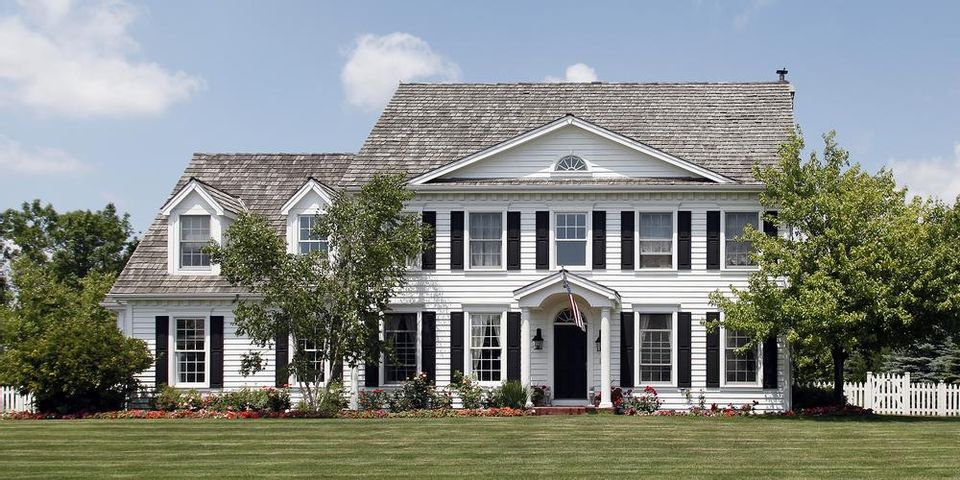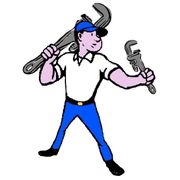3 Common Plumbing Problems in Older Homes

If you live in an older home — such as one built before the 1960s — you’re likely to experience plumbing problems that differ from those living in new buildings. From the movement of the earth to updated building codes, your home’s plumbing may require an update. To help you better understand what issues may occur, here’s a more detailed look at everything you should know about older homes.
Typical Plumbing Issues in Older Houses
1. Outdated Piping
If your house was built before the 1960s, it likely has galvanized piping, which is made of iron and covered with zinc. These pipes typically corrode with time, causing issues with water pressure and quality. Homes built between 1960 and 1990, however, typically have polybutylene piping. This type of piping is no longer accepted by building codes because it can become brittle and fail due to the oxidants in public water supplies.
2. Lead
 Older homes also tend to have lead in the service lines, which connect your home’s piping to the main line. It wasn’t until 1986 that Congress banned the use of lead in plumbing for public water systems. If a lead service pipe is disturbed, you may end up with lead in your water, making a filtration system essential.
Older homes also tend to have lead in the service lines, which connect your home’s piping to the main line. It wasn’t until 1986 that Congress banned the use of lead in plumbing for public water systems. If a lead service pipe is disturbed, you may end up with lead in your water, making a filtration system essential.
3. Sewer Lines
Homes are often built on sewer lines, which are buried underground. Over time, the ground will shift and place a significant amount of pressure on the buried lines. Additionally, tree roots may grow around the pipes and crush them. If you notice gurgling sounds coming from your drains, it’s likely an issue with the sewer lines.
If you notice any of these issues with your home’s plumbing — or if you want to update the system to meet today’s building codes — reach out to the experts at Do It Right Plumbing Sewer & Drain Services. Based in Minneapolis, MN, their team of fully trained and licensed plumbers is committed to protecting your home seven days a week. Call (612) 388-8524 to schedule an appointment, and learn more about their services online.
About the Business
(2 reviews)
Have a question? Ask the experts!
Send your question

